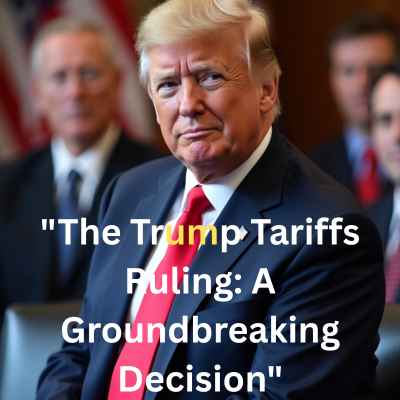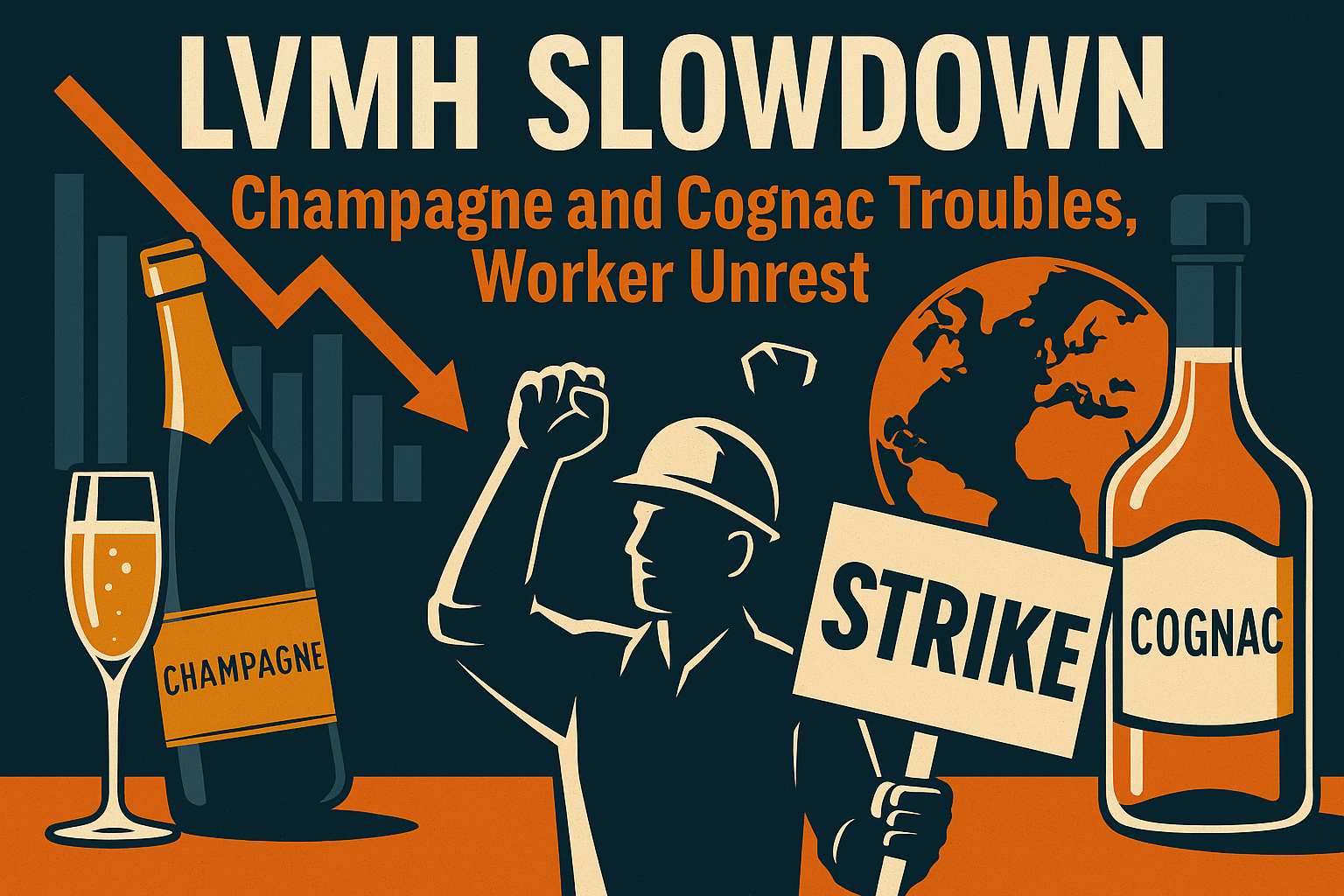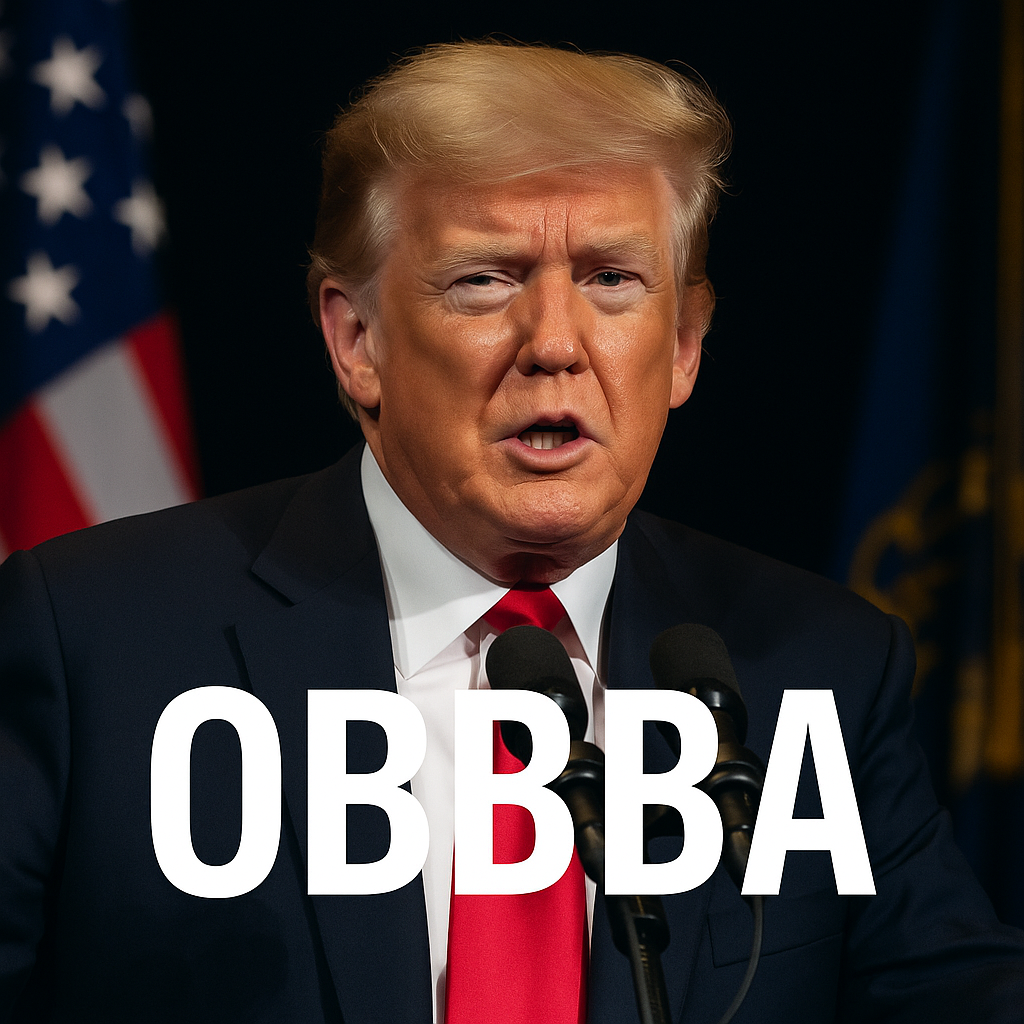In an unexpected turn of events, a federal court has delivered a landmark verdict that challenges the core of former President Donald Trump’s trade policies. The ruling, known widely now as the Trump Tariffs Ruling, invalidates the broad tariffs imposed during his administration under the International Emergency Economic Powers Act (IEEPA) of 1977. This decision not only questions the extent of presidential authority but also signals a dramatic shift in the future of U.S. trade relations and economic strategy.
What Led to the Trump Tariffs Ruling?
During his tenure, Donald Trump took a hard stance on trade, seeking to protect American industries by imposing hefty tariffs on imports from numerous countries, including China and the European Union. These tariffs were presented as a tool to counter unfair trade practices and bolster the U.S. economy. However, many critics argued that the method and justification for these tariffs stretched beyond what the law intended.
The tariffs were implemented under the IEEPA, a law originally designed to grant the president emergency powers to deal with national security threats or economic crises. Trump’s administration used this law to justify tariffs on a vast array of imports, framing it as a national emergency related to trade deficits. But the recent court ruling has dismantled this argument, stating that the president does not have unlimited power to impose tariffs without explicit congressional approval.
The Court’s Powerful Message on Executive Authority
The U.S. Court of International Trade made it clear: the IEEPA does not grant the president the blanket authority to impose sweeping tariffs on global imports. The court’s unanimous decision emphasized the constitutional principle that tariff imposition is a power reserved for Congress, not the executive branch.
This verdict came after a lawsuit filed by a coalition of small businesses and states led by Democratic attorneys general. They argued that the tariffs were not only legally unfounded but also caused significant economic harm by raising costs on consumers and disrupting global trade.
The court invalidated all Trump Tariffs introduced under the Trump administration’s emergency powers, including proposals like the massive 145% tariff on Chinese goods and 50% on European imports. This ruling is more than a legal technicality; it is a rebuke of the aggressive trade tactics deployed under the guise of national emergency.
What Does the Trump Tariffs Ruling Mean for U.S. Trade?
The immediate effect of the ruling is that these Trump Tariffs are no longer enforceable, and any plans to increase them are effectively blocked — at least for now. This creates uncertainty at U.S. ports where tariffed goods have been arriving, affecting businesses that had to adapt quickly to changing trade costs.
More broadly, the ruling sends a powerful message about the limits of executive power in shaping trade policy. It forces future administrations to work closely with Congress when deciding tariffs, ensuring that trade decisions are more transparent and grounded in democratic processes.
The decision also signals a potential cooling in trade tensions, as the controversial “trade war” tactics that defined much of Trump’s presidency lose their legal backing. This could open the door to more cooperative international trade negotiations and a return to more predictable economic policies.
The Human and Economic Impact
For many American businesses, especially small enterprises caught in the crossfire of escalating Trump Tariffs, the court’s ruling is a relief. These companies faced increased costs for raw materials and products, which often translated into higher prices for consumers and squeezed profit margins.
Workers in industries reliant on global supply chains also felt the strain as tariffs disrupted production schedules and raised operational expenses. The ruling paves the way for more stable economic conditions, potentially fostering growth and investment in sectors previously hit hard by trade barriers.
Yet, the decision also ignites a debate about how the U.S. should handle unfair trade practices moving forward. While the ruling limits the president’s unilateral ability to impose Trump Tariffs, it does not resolve the underlying issues of global trade imbalances and competitive challenges.
What Comes Next?
The Trump administration has already indicated plans to appeal the ruling, underscoring the contentious nature of trade policy in American politics. Meanwhile, Congress faces renewed pressure to take a more active role in shaping trade strategy, balancing protectionism with openness.
As legal battles continue, businesses and policymakers alike must navigate an evolving landscape where trade measures require careful legislative backing. This may encourage more collaborative solutions that involve stakeholders across the economic spectrum.
Conclusion: A Turning Point in American Trade Policy
The Trump Tariffs Ruling is more than a court decision — it’s a pivotal moment that reshapes how America approaches trade and executive power. By reaffirming that tariffs must be authorized by Congress, the ruling restores a vital check on presidential authority and demands a more measured, law-based approach to international commerce.
For everyday Americans, the ruling promises a future with fewer unexpected trade shocks and a more stable economic environment. For businesses, it calls for greater engagement with lawmakers to ensure fair and predictable trade policies.
Ultimately, this historic ruling reminds us that while strong leadership is necessary, it must always respect the boundaries set by law and democratic governance — especially in matters as complex and impactful as international trade.
Read more from our English Section














Leave a Reply